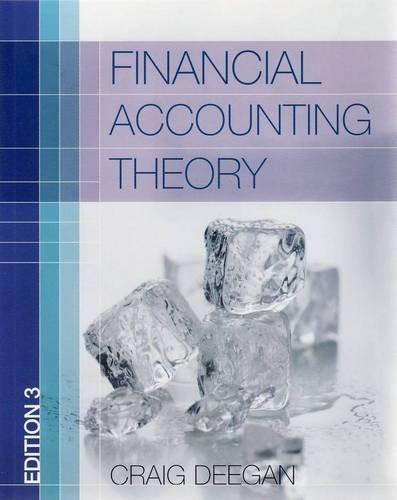The following information pertains to the inventory of Parvin Company during Year Z. During Year 2, Parvin sold 2,700 units of inventory at $90 per unit and incurred $41,500 of operating expenses. Parvin currently uses the FIFO method but is considering a change to LIFO. All transactions are cash transactions. Assume a 30 percent income tax rate. Parvin started the period with cash of $75,000, inventory of $12,000, common stock of $50,000, and retained earnings of $37,000. Required . Record the above transactions in general journal form and post to T-accounts using (1) FIFO and (2) LIFO. Use a separate set of ournal entries and T-accounts for each method. Complete this question by entering your answers in the tabs below. Record the above transactions in general journal form using FIFO. (It no entry is required for a transaction/event, select "No journal entry required in the first account field.) Record the above transactions in general journal form using FIFO. (If no entry is required for a transaction/event, select entry required" in the first account field.) Journal entry worksheet 56 Record purchases of merchandise inventory for cash. Note: Enter debits before credits. Post the above transactions to T-accounts using FIFO. Journal entry worksheet 456 Record purchases of merchandise inventory for cash. Note: Enter debits before credits. Post the above transactions to T-accounts using LIFO. \begin{tabular}{|l|l|l|l|} \hline Beg. Bal & & & \\ \hline & & & \\ \hline & & & \\ \hline & & & \\ \hline & & & \\ \hline & & & \\ \hline \end{tabular} \begin{tabular}{|l|l|l|l|} \hline Beg. Bal & & & \\ \hline & & & \\ \hline & & & \\ \hline & & & \\ \hline & & & \\ \hline & & & \\ \hline \end{tabular} \begin{tabular}{|l|l|l|l|} \hline Beg. Bal & & & \\ \hline & & & \\ \hline & & & \\ \hline End. Bal & & & \\ \hline & & & \\ \hline \end{tabular} \begin{tabular}{|l|l|l|l|} \hline Beg. Bal & & & \\ \hline & & & \\ \hline & & & \\ \hline End. Bal & & & \\ \hline & & & \\ \hline \end{tabular} \begin{tabular}{|l|l|l|l|} \hline Beg. Bal & & & \\ \hline & & & \\ \hline & & & \\ \hline End. Bal & & & \\ \hline & & & \\ \hline \end{tabular} \begin{tabular}{|l|l|l|l|} \hline Beg. Bal & & & \\ \hline & & & \\ \hline & & & \\ \hline & & & \\ \hline & & & \\ \hline \end{tabular}











